4 Things to Know before Starting and Deploying an IoT Project
A famous report by McKinsey states the total economic potential of IoT can reach up to $11.1 trillion by 2025. In this scenario, connected technology impacts literally every sphere and transforms all industries. And businesses, regardless of the size, are looking for IoT projects ideas and adopt the technology to stay relevant.
At the same time, integrating any digital technology into well-established processes is not easy, let alone something as complex as Internet of Things. Often, businesses confront the usual IoT challenges like lack of skills and underestimated cost and effort. However, this is far not the complete list.
In this article, we’ll highlight less evident, but very impactful challenges of IoT implementation and give some tips on how to manage them.
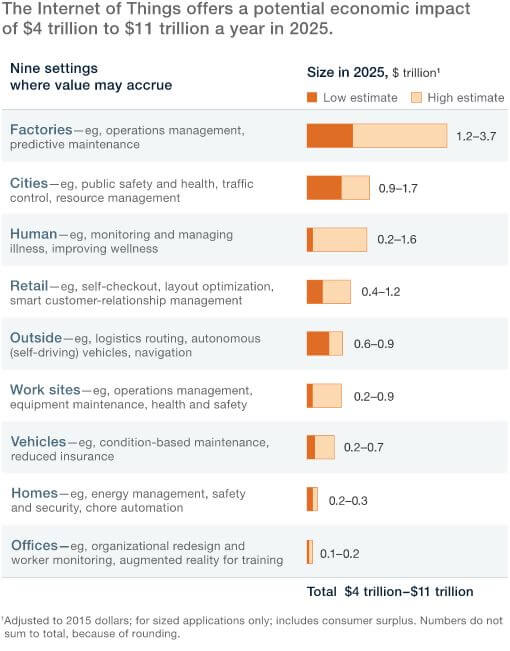
You’ll learn about:
- 4 IoT challenges responsible for 75% of IoT project fails.
- Ideas on how to address IoT challenges.
- Examples of handling the issues while implementing an IoT project.
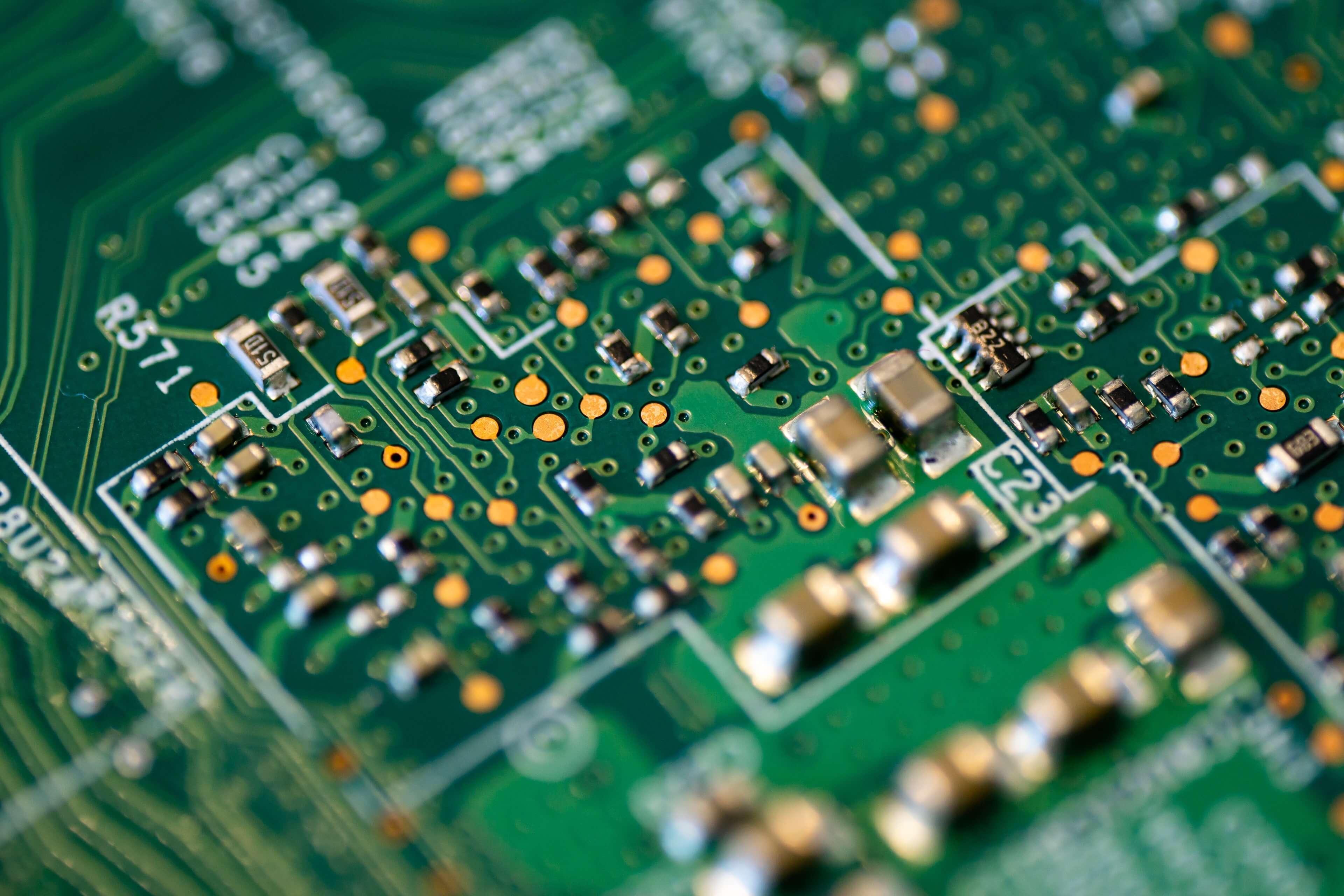
Challenge
Choosing the right hardware to make things connected can be one of the major Internet of Things challenges. In most cases, an IoT project starts as a prototype with a limited feature set and coverage area. For this purpose, companies go for a simpler design, affordable boards and other hardware and a straightforward data model.
However, it’s important to see a big picture and consider the scalability of the system from the very beginning. Otherwise, a successful prototype may not be able to grow into a fully-functional IoT solution.
Read: IoT programming languages for low-level device firmware, edge devices and Cloud computing
Tips
- When choosing hardware options, match their capabilities and price with the end goals of your IoT project.
- Review your hardware choice for power consumption and connectivity options.
- Make sure your system can scale up from prototype to mass manufacturing (if this is the goal).
Example

RFID and Internet of Things technology are often used in monitoring systems. There’s a great variety of RFID tags, inlays, stripes and embedded units. They can be disposable and reusable, vary in price from $3 cents to up to $100 apiece. Some can withstand harsh conditions, others are no stronger than a paper sticker. Some RFID tags are active and self-sufficient, have an internal power source that allows them to continuously transmit datum and empower a real-time location system (RTLS). Passive RFID tags, in turn, can send their status data only when a reader pings them.
For example, in a hospital, an RTLS with active RFID is the best option for continuous monitoring of the patient’s activity. Passive RFID stickers are a cheaper and better suit for controlling the stock of disposable goods like gloves. And on-metal tags able to sustain autoclaves are the best option to track the work cycle of surgical tools.
Read: Natural Language Processing services in smart devices
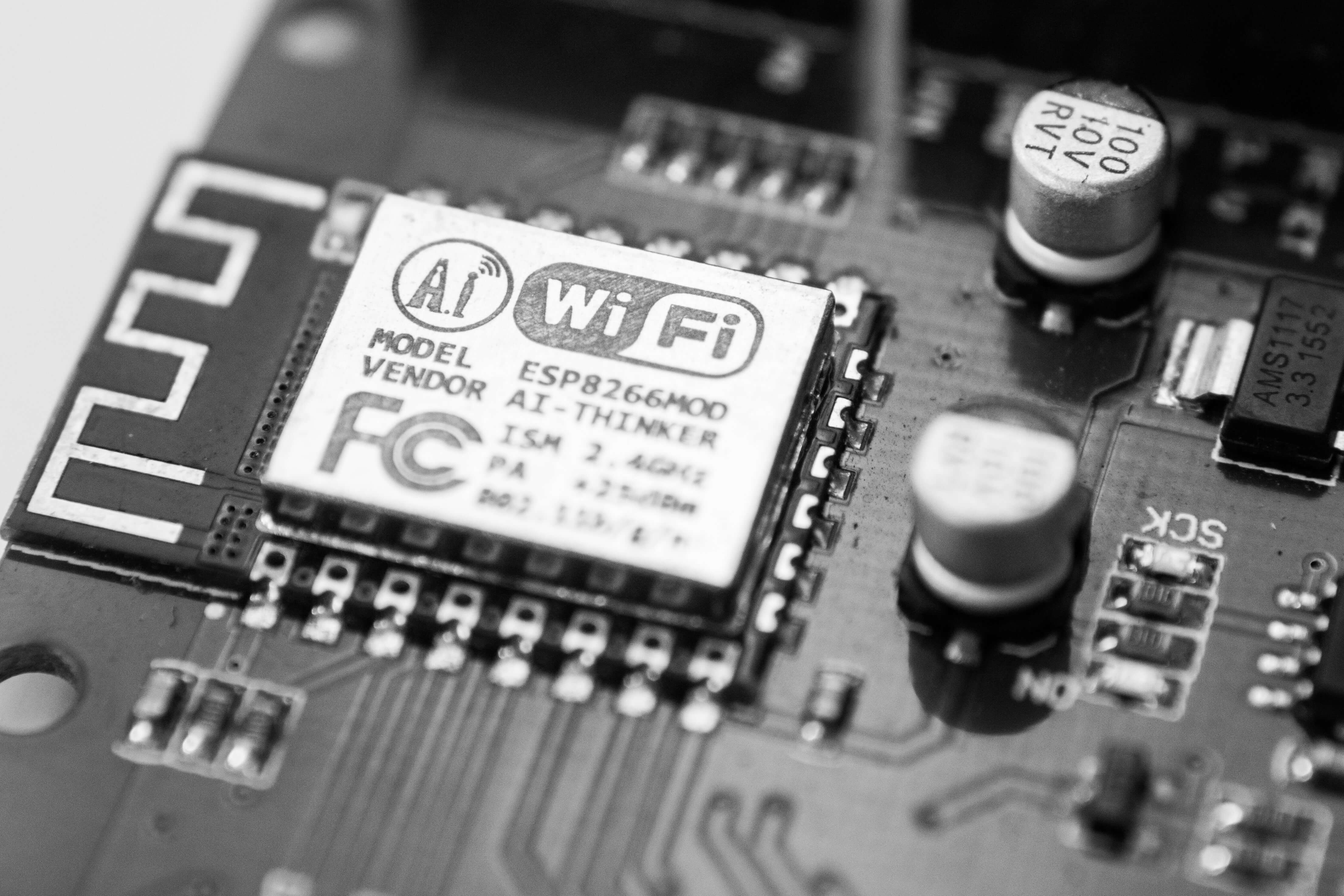
Challenge
Connectivity is the core of Internet of Things technology. For this reason, the choice of the right communication protocol and connectivity technology (Wi-Fi, Zigbee, Bluetooth, etc.) is crucial for the success of an IoT project, and one of the biggest challenges of Internet of Things.
Fragmented, diverse IoT market is growing, so as the options to connect devices with each other and the main hubs. Companies that develop IoT should not only ensure uninterrupted communication between the fleet of their devices but also consider the interoperability with other IoT systems. This is particularly important for smart home IoT as consumers are increasingly interested in the systems that can provide seamless control and automation.
Tips
- Analyze the environment the system will be set up in, both as a prototype and a fully-functional solution. Depending on that information, you may need to address to indoor (WiFi), outdoor (cellular), underground (LPWAN) or other connectivity options.
- When building your IoT system, consider the services (e.g. Amazon Web Services) which will manage its modules and coordinate traffic between backend (analytics), frontend (user applications) and hardware (devices).
- Take into consideration interoperability with popular devices like voice assistants (Amazon Echo).
Example
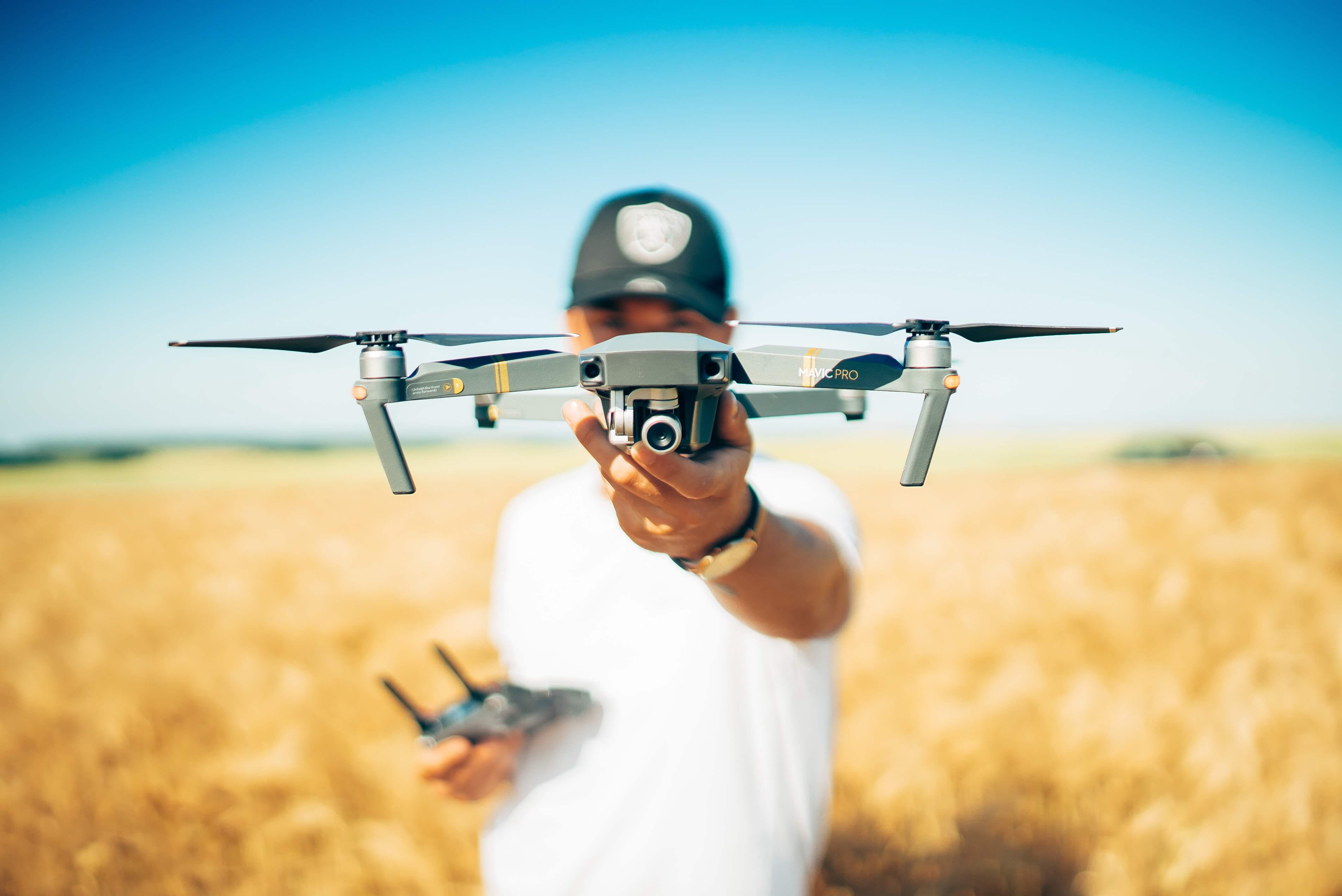
IoT developers solve Internet of Things issues of connectivity and interoperability every day, in different domains. For example, IoT in smart agriculture usually requires a combination of connectivity options:
- outdoor weather stations and field sensors distributed for miles are connected via cellular and LoRaWan,
- drones for mapping use LTE for long-range communication,
- short-range Zigbee is used to track livestock within the ranch.
Data security

Challenge
Among IoT challenges and issues, security is often underestimated and even overlooked. In fact, the security of IoT data cat be fully cut from the design in a prototype IoT project.
However, considering data is the major component of an IoT system, treating data security as an afterthought is usually a big mistake. It opens the system for breaches, unauthorized control takeover and data theft.
Therefore, building an IoT system, developers should consider the security and include a reliable data model into the design at the very first IoT implementation steps.
Tips
- To keep IoT data safe, think of the combination of hardware and software encryption measures.
- Ensure IoT data safety from the moment it’s generated to every step of its processing and storage. You may want to teach devices how to “forget” data once it’s used to limit soft spots in your system.
- Consider the segregation of roles and up-to-date authentification means like biometrics or voice for different end-users.
Example

One of IoT implementation examples that rely on highly sensitive information is a monitoring system used to track patients in hospitals. For example, an RTLS and RFID-enabled wristbands rely on location data to help continuously track a patient’s movement in the building. Connected beds with embedded sensors allow monitoring changing patients’ conditions such as heart rate or blood pressure. Either way, we are dealing with sensitive data that should be encrypted to protect from unauthorized access.
Consistency
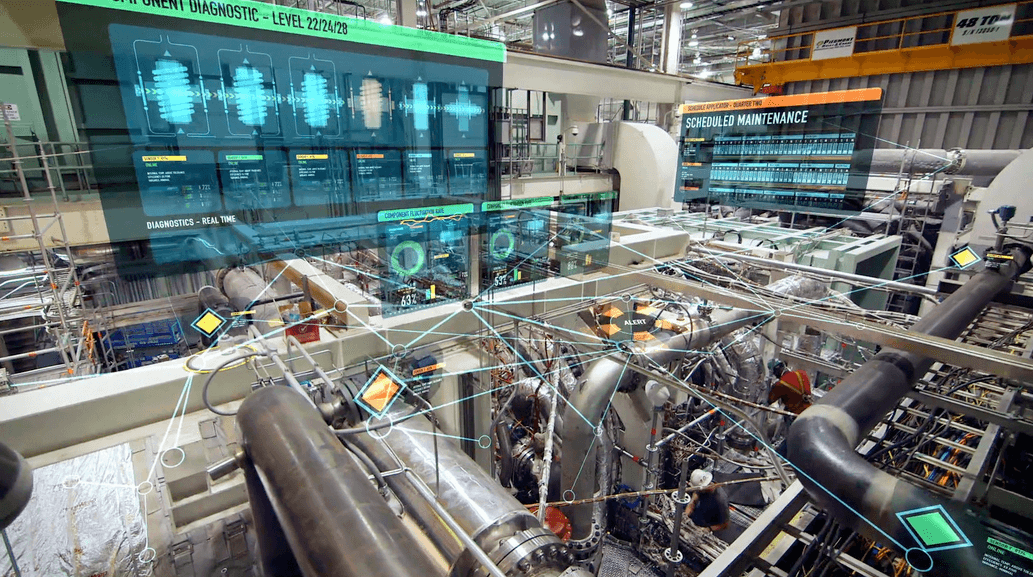
Challenge
Another challenge of Internet of Things implementation is maintaining consistency of the data flow.
As mentioned earlier, data is a fundamental part of an IoT system. Uninterrupted, consistent data flow is essential for its successful work. At the same time, IoT systems are typically multi-component and include a number of data points and modules for data processing, sorting, storing, etc. In this context, IoT developers need to make sure data is not only secured from outside attacks but is safe within the system and is reliably transferred between system blocks.
Tips
- Review options for big data ecosystem management (e.g. Hadoop) and data backup tools.
- When building a big data ecosystem, consider isolating its components. Thus, the problem in one component won’t affect the other ones.
- Choose a reliable database able to handling streaming data (time-series database).
Example
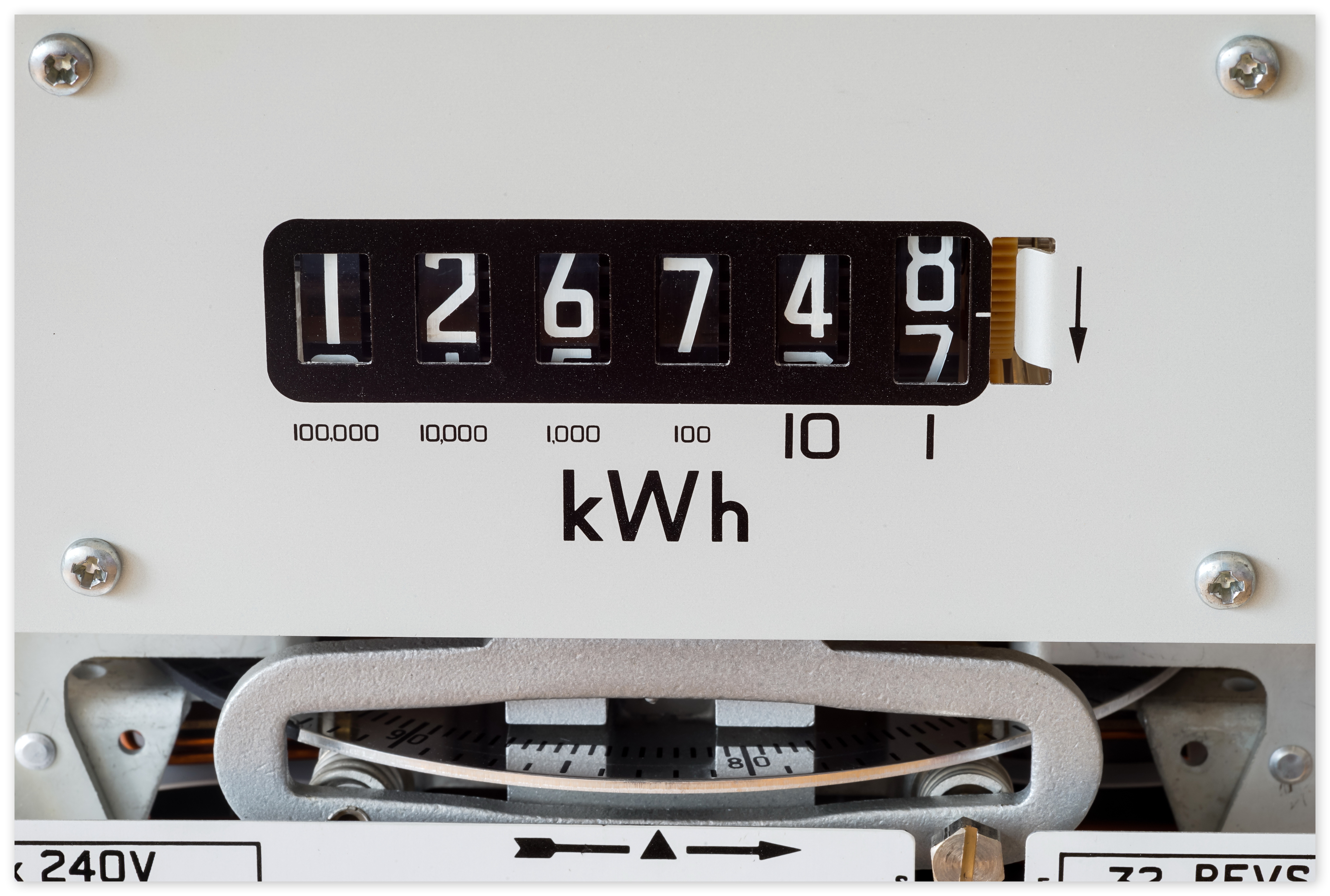
Consistent data flow is important for any monitoring system, for example, effective power consumption telemetry. This system includes several components including a smart electric panel which collects parameters on energy consumption from each socket. This data is then sorted and sent to the analytics module to create insights and provide them to end-users. This data is also used to enable automation like changing regimes depending on the load. In order for the system to function properly, all the generated data should continuously stream and power analytics. Only then end-users will get relevant insights and be able to act on it.
Read: Internet of Things renewable energy applications
These are some of the major challenges in IoT, however, not the only ones. If you are already working on an IoT system or consider improving a business process using connected technology, probably, you have already been confronted with some or all of them.
If you are looking for an experienced IoT development firm and tech consultant to help you design, built and deploy an IoT application and successfully solve all the challenges associated with it, Digiteum is at your service. Check our portfolio to get to know more about our tech and domain expertise and contact our team to talk about your technology needs.




